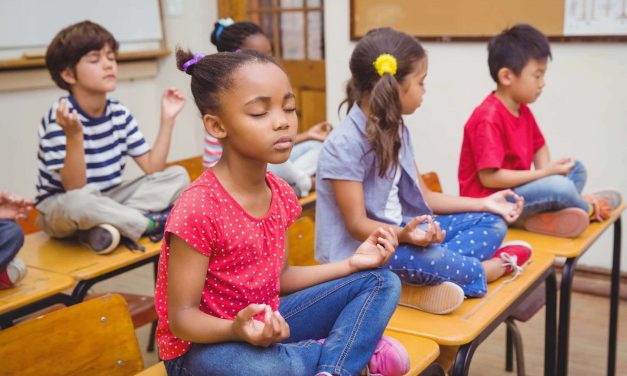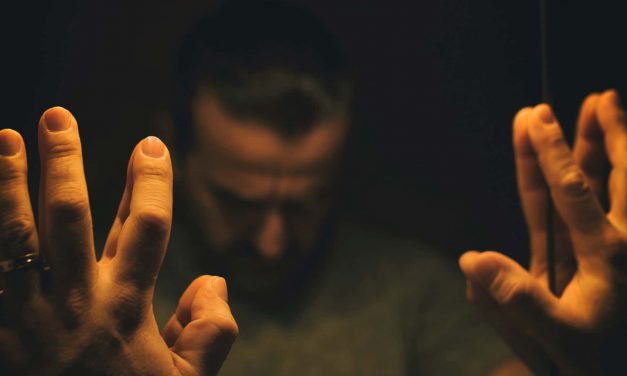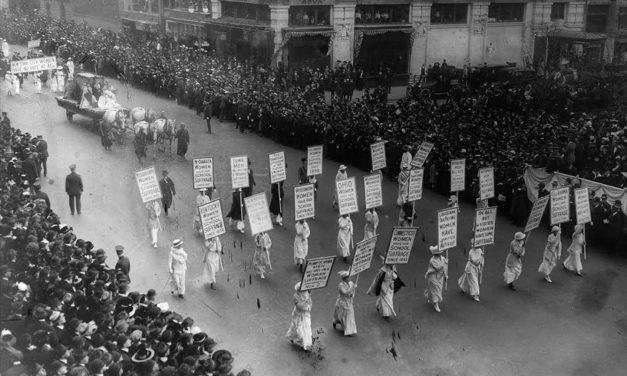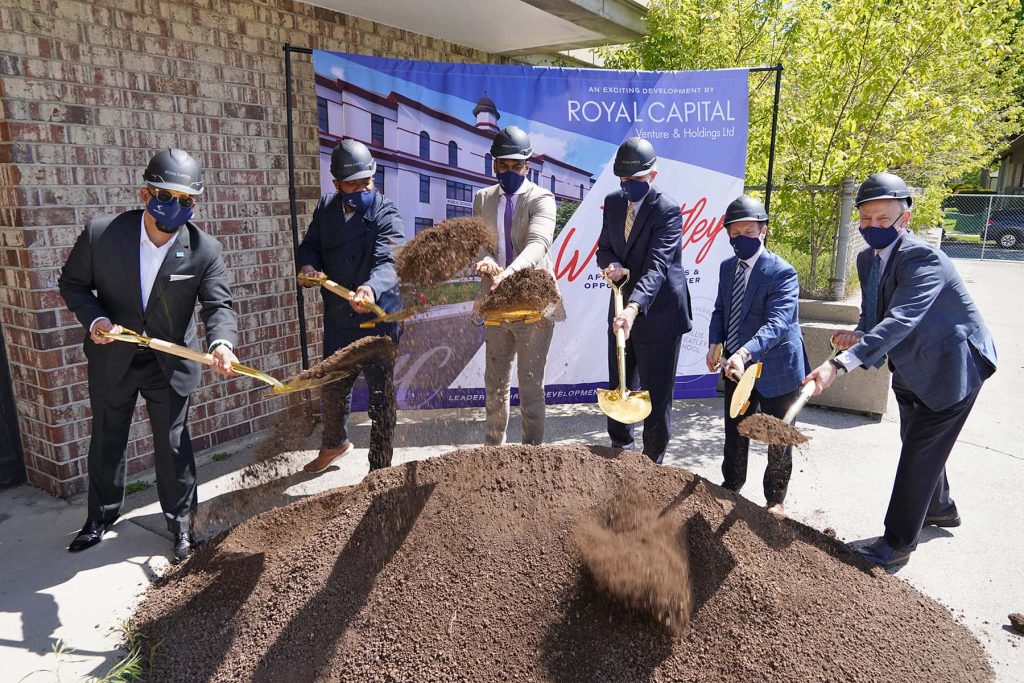Slave Songs: How “spirituals” spoke about the black experience in America prior to 1863
By Donna M. Cox, Professor of Music, University of Dayton From the moment of capture, through the treacherous middle passage, after the final sale and throughout life in North America, the experience of enslaved Africans who first arrived at Jamestown, Virginia, some 400 years ago, was characterized by loss, terror and abuse. The Abolition of the Slave Trade Act of 1807 made it illegal to buy and sell people in British colonies, but in the independent United States slavery remained a prominent – and legal – practice until December 1865. From this tragic backdrop one of the most poignant...
Read More















